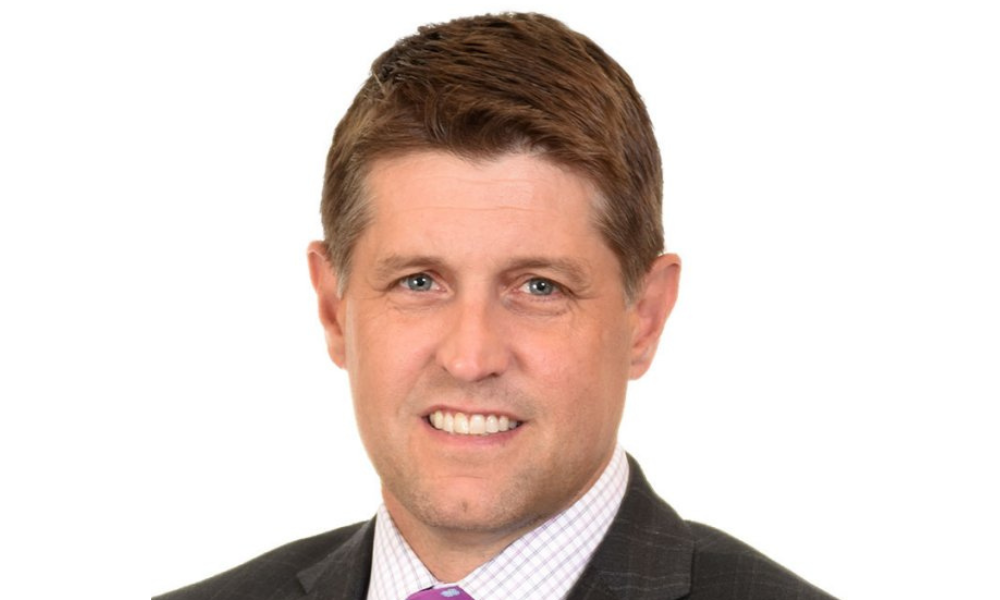US homeowners keep underestimating their flood exposure – Munich Re

US homeowners keep underestimating their flood exposure – Munich Re | Insurance Business Asia
Reinsurance
US homeowners keep underestimating their flood exposure – Munich Re
“It is an underestimation of risk”
Reinsurance
By
Kenneth Araullo
Floods are one of the most devastating types of natural disasters, yet many property owners underestimate their risk. Despite the potential for severe damage, only 22% of homeowners surveyed by Munich Re and the Insurance Information Institute (Triple-I) believe they are at risk of flooding. Of those who perceive a risk, only 78% have purchased flood insurance.
“Ninety percent of all natural disasters include some type of flooding,” Munich Re US EVP head of specialty Tim Brockett (pictured above) said. “It is an underestimation of risk.”
In a report, Munich Re noted that inaccurate flood maps and wishful thinking may contribute to this underestimation. In 2019, only 42% of FEMA’s maps correctly predicted flood risk. Additionally, if mortgage lenders do not require flood insurance, property owners may opt to go without it to save on costs.
As the frequency of flooding increases, Munich Re highlights insurers which will play a crucial role in educating property owners about the risks and available insurance options. Insurers may develop new products to address the rising exposures and invest in technologies to model risk more accurately and prevent damages.
The cost of flood insurance and the administrative burden of purchasing a separate policy are two main reasons why homeowners might not buy flood insurance.
“Flood insurance isn’t cheap,” Brockett noted. The National Flood Insurance Program (NFIP), managed by FEMA, was created in 1968 to provide affordable flood insurance as private market options dwindled.
Homeowners with federally backed mortgages in Special Flood Hazard Areas or those receiving federal disaster assistance are required to purchase flood insurance under the Flood Disaster Protection Act of 1973.
However, many homeowners are not mandated to buy these policies and may assume they are at less risk or are deterred by the cost, especially as regular homeowners insurance rates rise due to inflation.
“It’s still a discretionary purchase unless you’re in a special flood hazard area and your mortgage requires you to have it,” Brockett said. Some homeowners might not know how to acquire flood insurance, mistakenly thinking it is included in their homeowners policy.
“There’s an administrative burden associated with buying a separate flood policy and also having a homeowner’s policy,” Brockett said. “You’re going to have to go through all that to have comprehensive coverage.”
There have been advances in private flood insurance policies, but “the NFIP is still the dominant provider of flood insurance in the US,” Brockett said. The NFIP collects $4.6 billion in annual written premiums for approximately five million policies.
However, the private market for flood insurance has been growing. In 2022, net written premiums for private flood insurance reached $1.13 billion. The number of insurers writing private flood coverage has increased from 18 in 2016 to 77 today, underwriting 32.1% of total flood coverage.
NFIP’s Risk Rating 2.0 program, designed to more accurately model and price risk, has led to rate increases for many homeowners.
“There were some policyholders that saw some reductions, but by and large, pricing is going up,” Brockett said.
Private insurers see opportunities in the flood market, especially as modeling improvements help them predict and price risk more accurately. They can also adopt new coverages to respond to typical flood damages. However, challenges remain.
NFIP’s Risk Rating 2.0 caps how much policy rates can increase each year, delaying when these policies reach adequate rates. Additionally, homeowners who leave NFIP for private policies cannot return at the discounted rate, discouraging many from switching.
“There’s obviously a lack of incentive for certain policyholders to leave the NFIP,” Brockett said.
What are your thoughts on this story? Please feel free to share your comments below.
Keep up with the latest news and events
Join our mailing list, it’s free!






